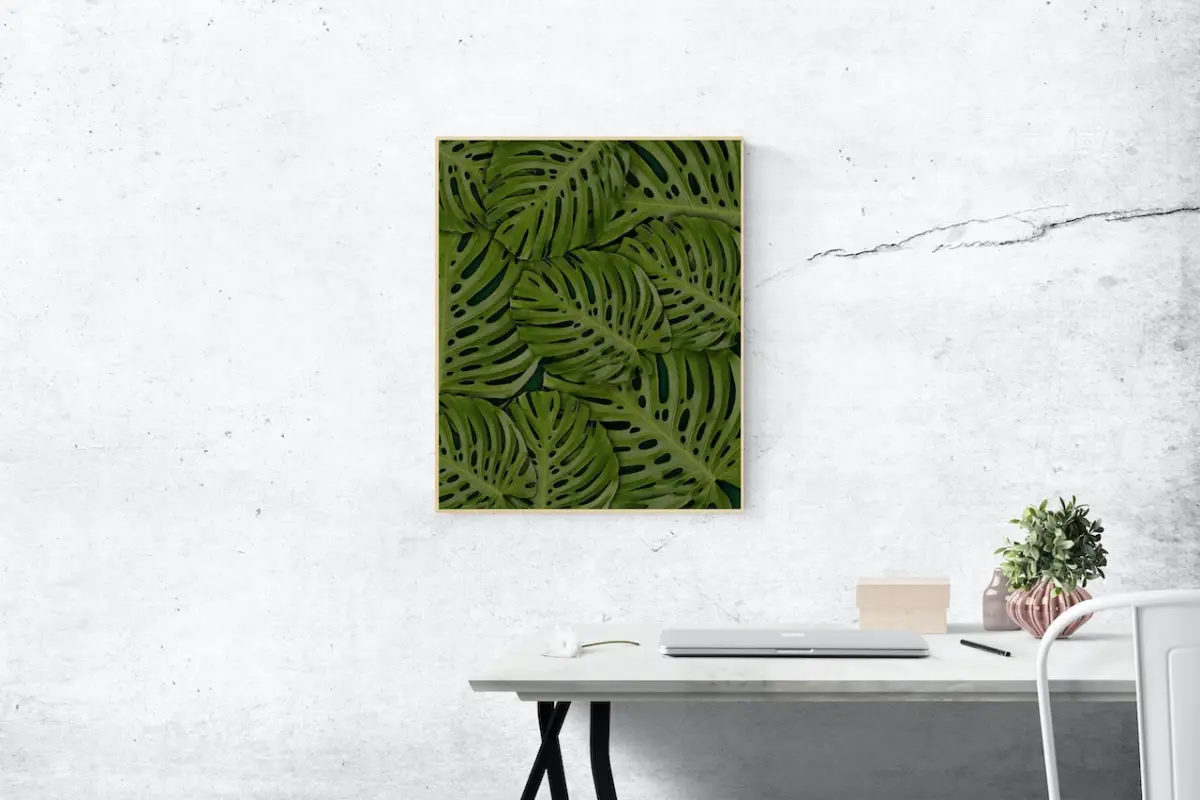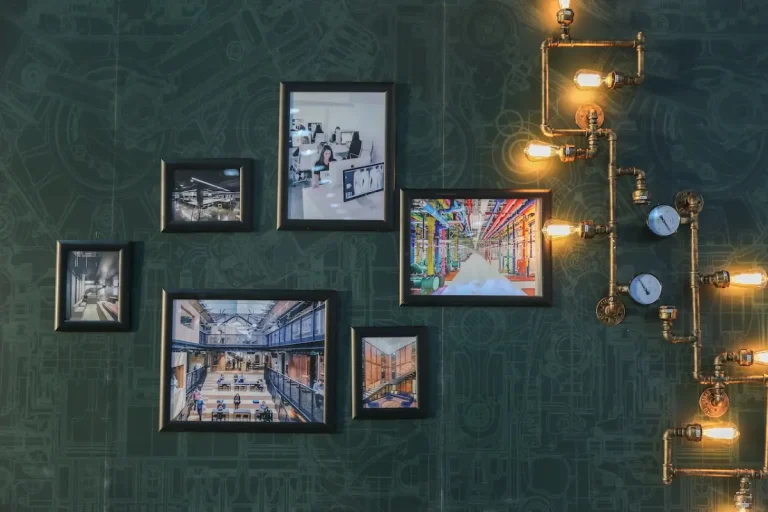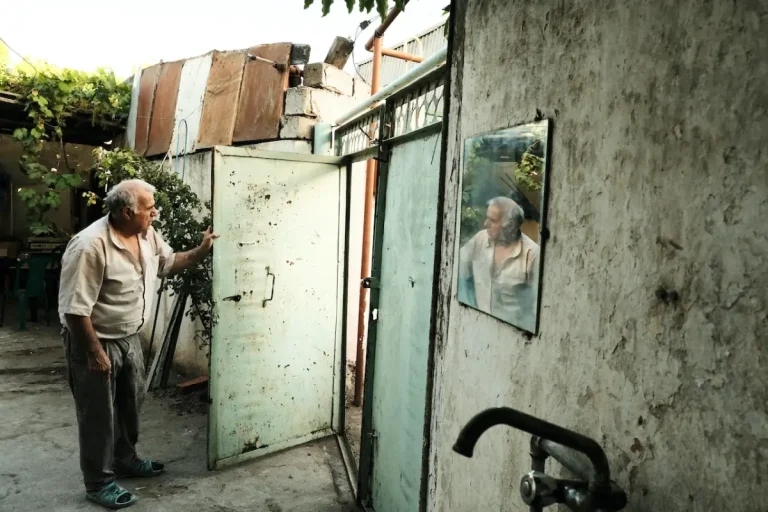Art has been an integral part of human expression and culture throughout history. As we journey through time, we witness how art continually adapts and evolves, embracing new technologies and mediums. One of the most significant and revolutionary shifts in the art world has been the emergence of digital art.
Digital art is a product of the technological advancements of the 20th and 21st centuries, transforming the way artists create and audiences experience art. It represents a fusion of creativity and technology, opening up new horizons for artistic exploration. But where did it all begin?
The origins of digital art can be traced back to the early experiments with computer graphics in the mid-20th century. Pioneering artists and computer scientists collaborated to create visual artworks using computers, paving the way for what would become a groundbreaking movement. These early endeavors laid the foundation for the digital art revolution we know today.
As computers evolved, so did the tools and techniques available to artists. The 1980s witnessed the birth of pixel art and the exploration of digital imaging software. Artists started to experiment with manipulating images, colors, and forms in ways that were previously unimaginable. The concept of a digital canvas became more tangible, and artists began to embrace this new medium.
The 21st century brought even more transformative changes. The rise of the internet and social media platforms provided digital artists with unprecedented opportunities to share their work with a global audience. Online galleries, digital exhibitions, and virtual reality experiences pushed the boundaries of how art is consumed and appreciated.
Today, digital art encompasses a vast array of styles, techniques, and mediums. From intricate digital paintings that rival traditional masterpieces to interactive installations that engage the senses, the possibilities are endless. Digital artists continue to challenge conventions, blur the lines between disciplines, and redefine the very nature of art.
The evolution of digital art is a testament to the power of human creativity and innovation. It reflects our ability to adapt, experiment, and push the envelope of what is possible. As we gaze upon the ever-changing landscape of art, one thing is clear: the journey of digital art is far from over. It is an ongoing exploration that invites us to reimagine the intersection of art and technology, inspiring future generations to create, innovate, and transform.
In the next installment of our series, we will delve deeper into the various forms of digital art that have emerged over the years, showcasing the diversity and richness of this dynamic medium.
Stay tuned for “Unveiling the Spectrum: Exploring the Diversity of Digital Art.







